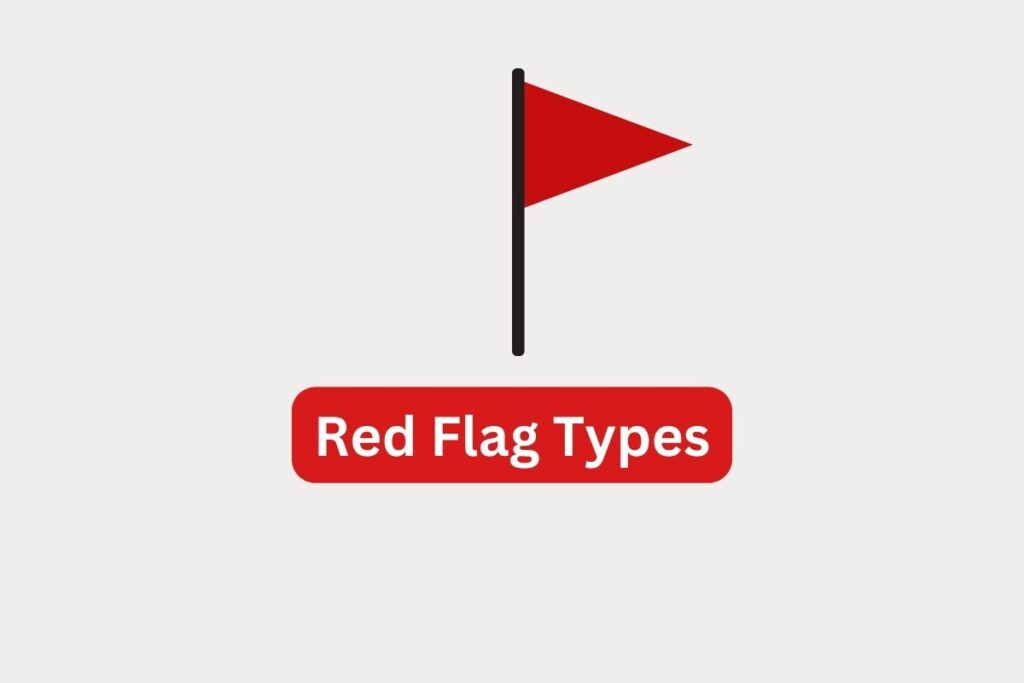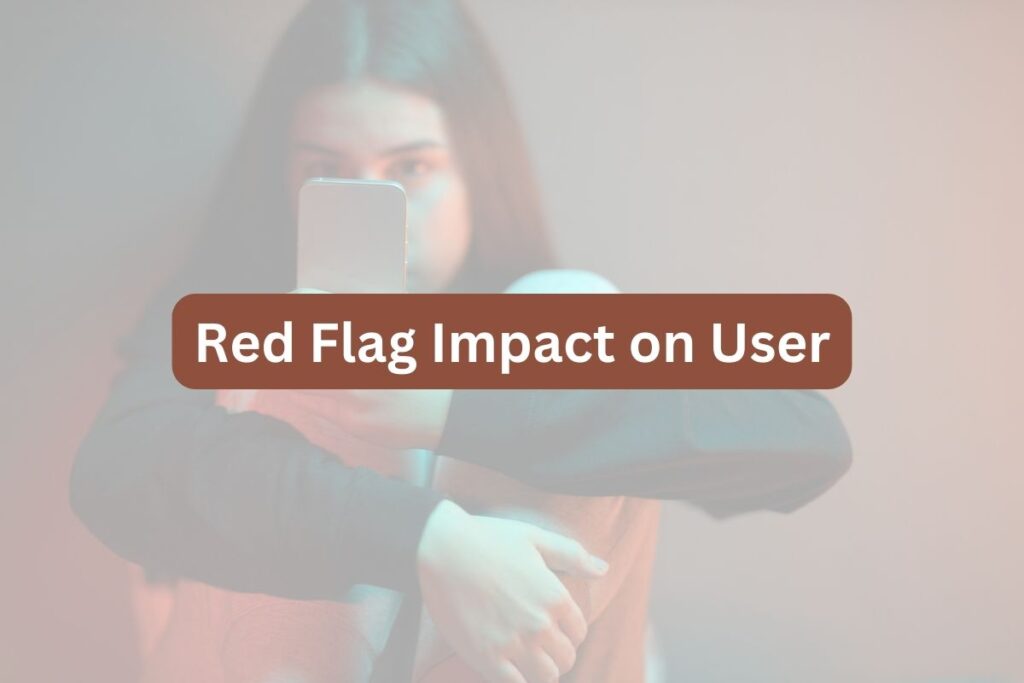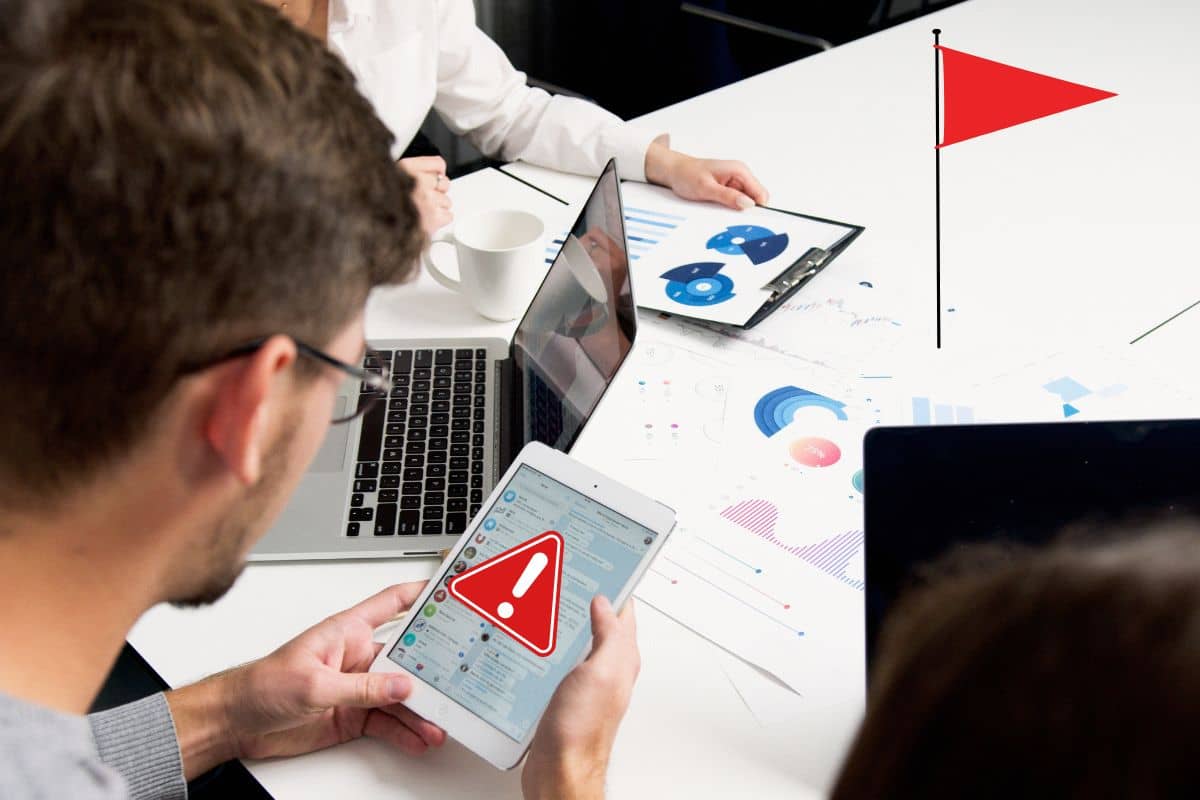Introduction
In today’s digital age, social media platforms have become integral parts of our daily lives, offering avenues for communication, networking, and entertainment. However, amidst the vast landscape of social media, certain warning signs, known as red flags, warrant attention and caution. In this article we will delve in depth what is red flag meaning in social media.

Image by Canva
Understanding the Meaning of Red Flag
1. Definition and Context
A red flag in social media refers to an indicator or signal that suggests potential problems or dangers. These flags serve as warnings for users to be cautious and vigilant while navigating online platforms.
2. Significance in Social Media
Red flags play a crucial role in maintaining safety and security within the digital realm. They help users identify and address concerning behavior, content, or situations that may pose risks or threats.

Image by Canva
Types of Red Flags in Social Media
1. Suspicious Behavior
Red flags may manifest in the form of suspicious or malicious activities, such as spamming, phishing attempts, or the creation of fake accounts.
2. Cyberbullying and Harassment
Instances of cyberbullying and harassment are significant red flags on social media platforms, indicating the need for intervention and support for affected individuals.
3. Spread of Misinformation
The proliferation of misinformation and fake news on social media poses a considerable red flag, influencing public opinion and perception.
Identifying Red Flags on Social Media Platforms
1. Common Indicators
Red flags can be identified through various indicators, including unusual account behavior, suspicious links or messages, and inflammatory or offensive content.
2. Examples and Scenarios
Examples of red flags include receiving unsolicited requests for personal information, encountering hate speech or discriminatory content, and witnessing the rapid spread of false information.

Image by Canva
Impact of Red Flags on Social Media Users
1. Psychological Effects
Exposure to red flags on social media can have detrimental effects on users’ mental health, leading to feelings of anxiety, stress, or insecurity.
2. Damage to Reputation
Being associated with red-flagged content or accounts can tarnish an individual’s reputation and credibility, affecting their personal and professional life.
3. Potential Risks and Dangers
Ignoring red flags on social media can expose users to various risks and dangers, including identity theft, online scams, and threats to physical safety.
Strategies for Addressing Red Flags
1. Reporting and Blocking
Users are encouraged to report and block accounts or content that exhibit red-flagged behavior, thereby mitigating potential risks and protecting themselves and others.
2. Education and Awareness
Promoting education and awareness about red flags in social media helps users recognize and respond to concerning situations effectively.
3. Community Engagement
Fostering a supportive and inclusive online community encourages users to collaborate and address red flags collectively, promoting a safer and healthier digital environment.
Video by Global News YouTube Channel
Conclusion: What is Red Flag Meaning in Social Media
In conclusion, understanding the meaning of red flags in social media is crucial for safeguarding users’ well-being and maintaining a positive online experience. By recognizing and addressing red flags effectively, individuals can contribute to creating a safer and more enjoyable digital landscape for all.
FAQs
1. How can I differentiate between a genuine account and a fake one on social media?
Genuine accounts typically have authentic profiles, regular activity, and connections with real individuals. Be wary of accounts with minimal information, irregular posting patterns, or suspicious behavior.
2. What should I do if I encounter cyberbullying or harassment on social media?
If you experience cyberbullying or harassment on social media, consider blocking the individual, reporting the incident to the platform’s support team, and seeking support from trusted friends, family members, or mental health professionals.
3. Are there any tools or resources available to help identify and address red flags on social media?
Yes, many social media platforms provide tools and resources for reporting and addressing red-flagged content or accounts. Additionally, online safety organizations and advocacy groups offer guidance and support for users navigating challenging situations on social media.
4. How can I protect my personal information and privacy on social media?
To protect your personal information and privacy on social media, ensure that your account settings are set to private, avoid sharing sensitive information publicly, and regularly review and update your privacy settings and security measures.
5. What role do social media users play in addressing red flags and promoting online safety?
Social media users play a vital role in addressing red flags and promoting online safety by being vigilant, reporting suspicious activity, supporting affected individuals, and advocating for a positive and respectful online community.




